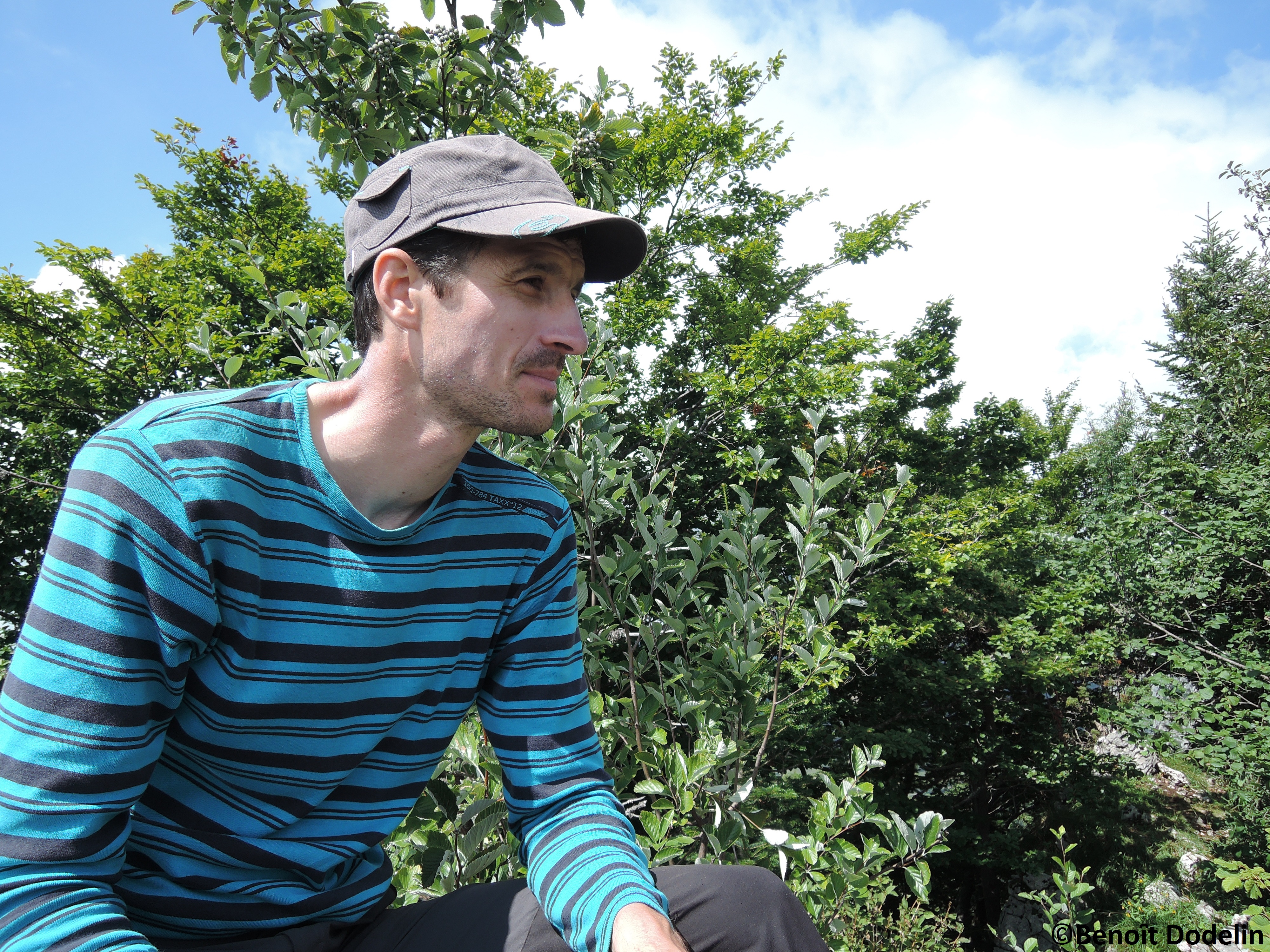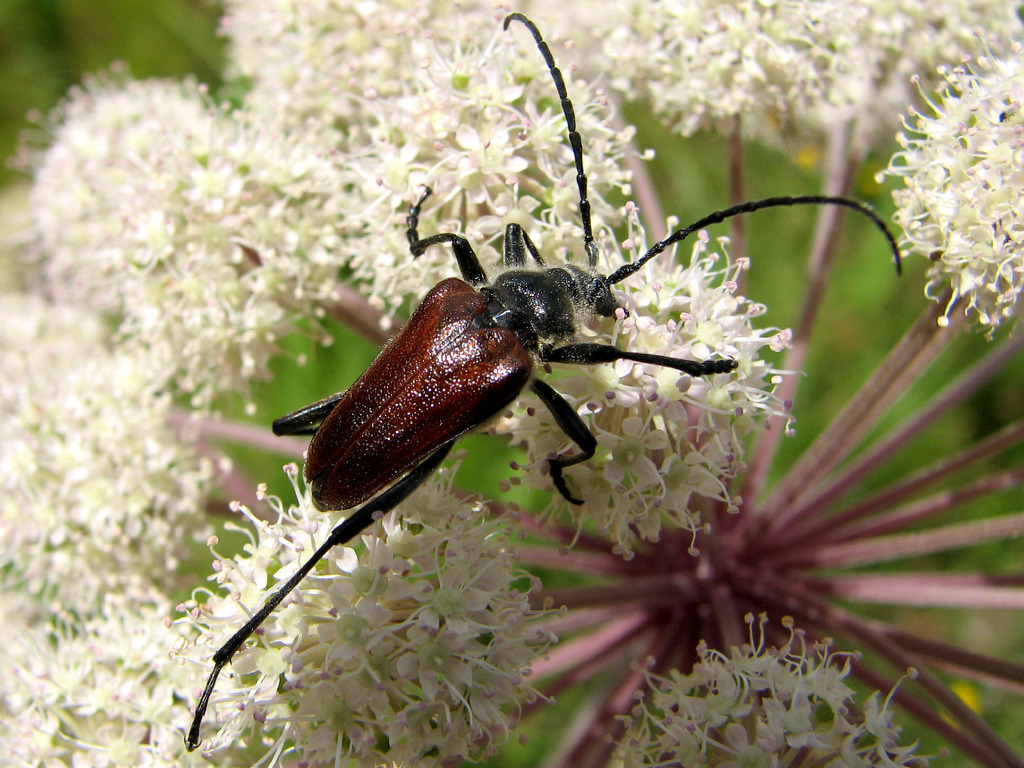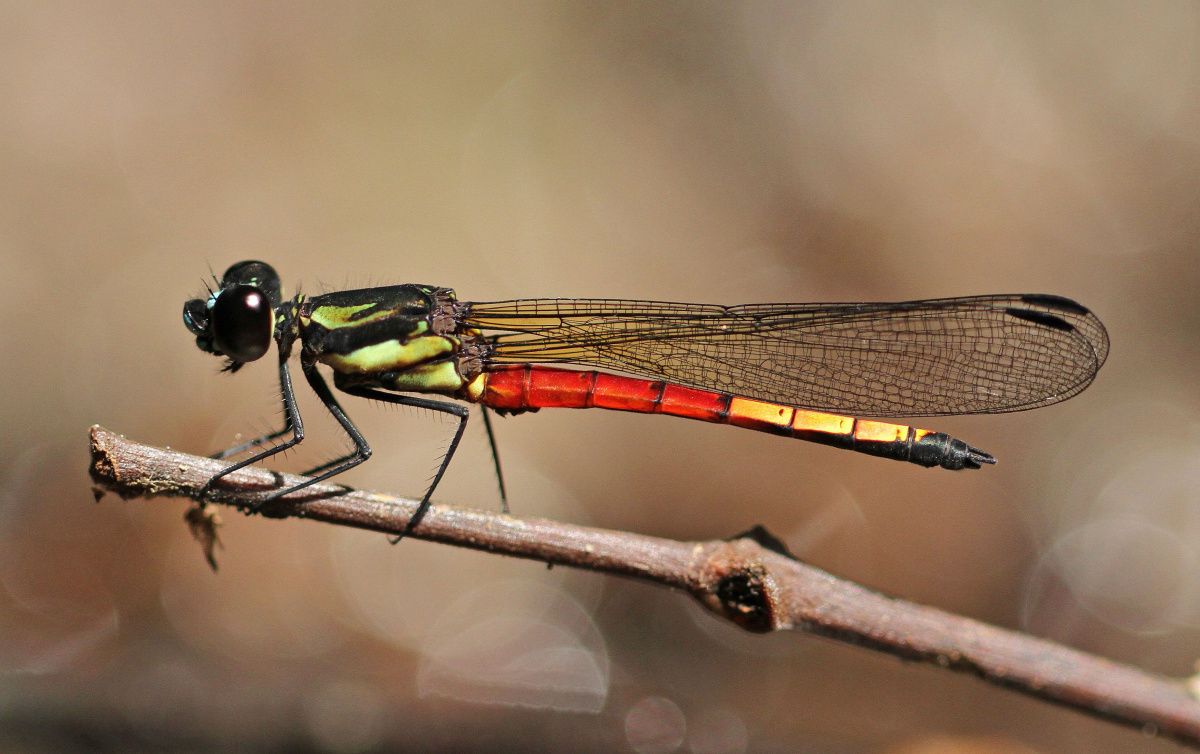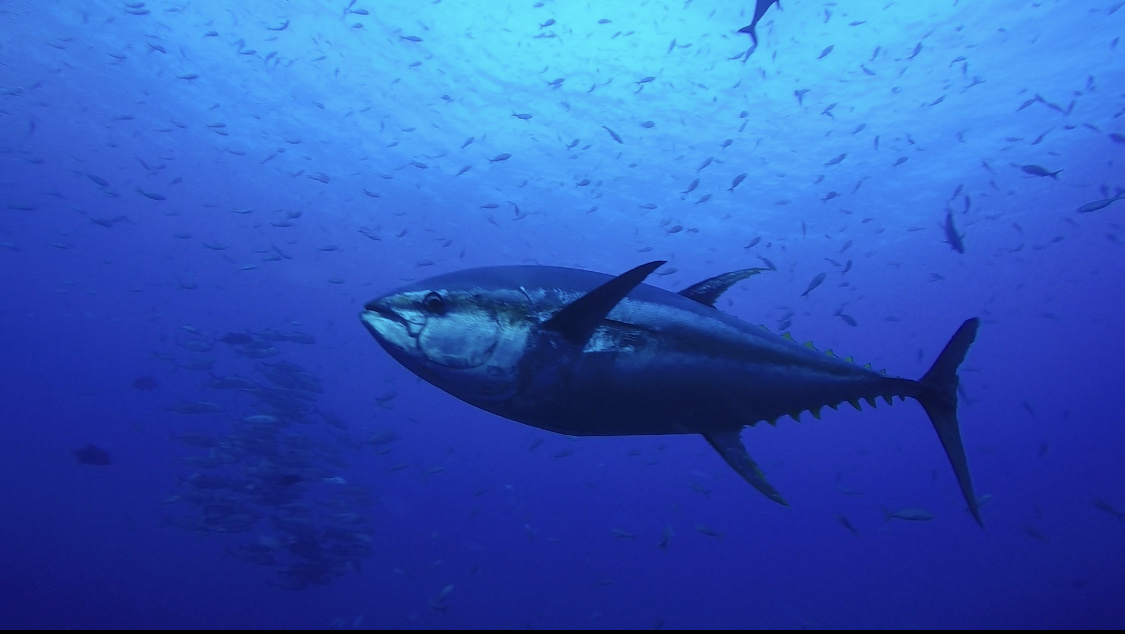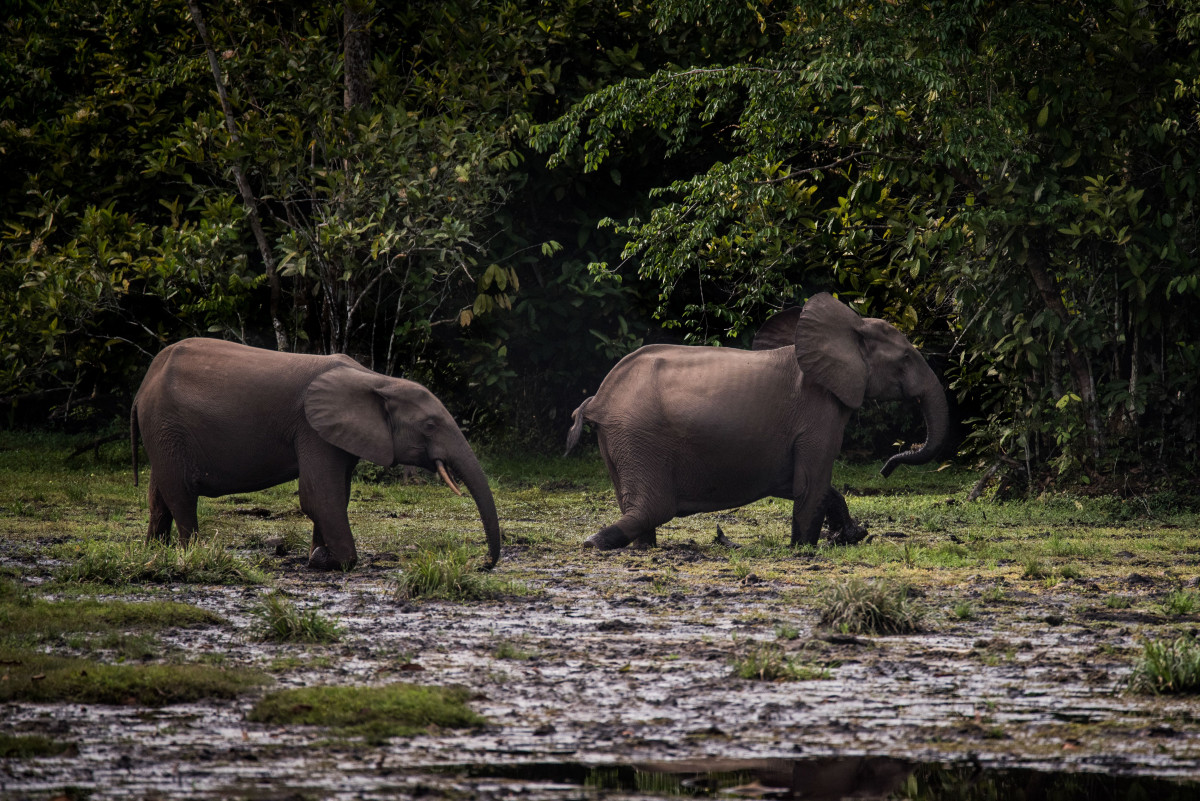Our Red List Species Assessors: an interview with Benoȋt Dodelin, Saproxylic Beetle Expert
Saproxylic beetles play an important role in decomposition processes and nutrient recycling in natural ecosystems, as they are involved in, or dependent on, wood decay. Dr. Dodelin is based in Lyon, France, and has been researching beetles in Europe for more than a decade. Here, he talks about his career and his involvement in saproxylic beetle conservation.
This is the first of a series of interviews with our Red List Species Assessors. In these interviews we explore how they first got interested in their species groups and how they became involved in conservation. Our first interviewee is a saproxylic beetle expert, but future interviews will profile mollusc, moss, fern, and other plant experts currently involved in IUCN’s European Red List LIFE project - this project aims to assess the extinction risk of these species groups, and will contribute to guiding policy decisions and conservation actions at the European level.
How did you first get involved with beetles, and why?
I was looking for an internship, and I found an interesting one in an area I knew very well. This internship was on beetles, and I had to learn everything about them during this time. They are such a diverse group, and there are so many things to learn. After the internship, I got the opportunity to work on a three-year study with the French National Park of Vanoise in the French Alps, looking at the relations established between saproxylic beetles and the types of deadwood within three forest types in the French Alps. In order to do this work I had to be a freelancer and this is how I got started, 14 years ago. Now my works focuses on beetle inventories at the national and regional level in France, mapping and studying old-growth forest, fieldwork, bibliographic work and synthesis.
What do you enjoy the most about your work?
There are some areas which were refuges during the last Ice Ages, and there is an interesting pattern of species that are different from elsewhere. This is really interesting to see and to imagine what the situation was like 10,000 years ago. In my everyday work I only focus on the regional or national level for the species that I deal with, so I enjoy understanding these larger patterns in Cerambycidae distribution – especially these glacial refuges.
How did you become an Assessor for the IUCN European Red List and which species are you assessing?
First, I got involved in a saproxylic database that aims to gather all available information on saproxylic organisms including beetles, fungi, lichens and flies. After that, I contributed to the first IUCN European Red List of Saproxylic Beetles, which was published in 2010. Now I am also involved with this new LIFE project, to assess 250 more species of saproxylic beetles. The process of red listing is very good and very interesting. It’s a tool used by several nature managers which provides information about threatened and non-threatened species and can be used to better understand the threats these species face – like the disappearance of big trees or the impact of intensive management of a specific kind of forest.
I am assessing a large part of the Cerambycidae, a relatively large family, with a lot of species. Some of them are true saproxylic beetles since they depend on various types of wood, while others live in different substrates such as the roots or stem of herbaceous plants. Their greatest function is to decompose and recycle deadwood, and some species play a small role in pollination. This group interests a lot of entomologists, both beginners and professionals – many species are easy to find so it’s a very good group to start learning entomology.
What are the main threats to these beetles, and how can we protect them?
There are three different categories of threats. First, for species that live on very big trees in traditional agricultural landscapes with bocage (pastureland divided into small hedged fields interspersed with groves of trees), the main threat is the disappearance of these trees that are either not replaced when they die, or are cut down to expand the plots. Second, in managed forests, the main threat is the removal of large stems that deprive many species of resources. Third, in Mediterranean forests, the changes that occur after repeated fires or after other human activities - like tree plantation or clearing the undergrowth to prevent fires - appears to be the major problem.
In terms of protection, it's clear that some species need strict site protection, because they depend on very specific micro-habitats like large woody debris or slow-growing trees and will be wiped out if the forest is exploited. However, there are many species that can live in managed forests and we can adapt management practices to keep them there. For instance, we can leave some deadwood and dead branches, or we can reduce the pressure of wood extraction by keeping some areas of the forest untouched. In agricultural landscapes, increasing the lifespan of trees through trimming or pollarding can protect saproxylic beetles, but hese practices are gradually being abandoned.
Now that you have started working on the assessments, what would you say is the hardest thing about assessing the extinction risk of saproxylic beetles?
For a lot of species we have enough information to say the species is doing well, it is widely distributed, and it is not threatened - even if it is rare or hard to find in the field. The taxonomy, however, is a major problem. Some taxa are described as aberrations or varieties and then “upgraded” first to subspecies and then to species. This leads to endless publications which sometimes are based on good revision, but sometimes are just repetitions of previous work. In Greece or southern Europe we have cases where we don't even know if some beetles are true species or if they are subspecies, or colour forms. This is very difficult and I spend a lot of time on this.
As I am responsible for assessing all the remaining saproxylic beetles within the Cerambycidae family for the European Red List, I need to make sure I consider all the species, not to miss any. I first started on 110 species on my list and then added 10 or 20 new ones – endemics from Spain, Portugal, Cyprus. This is stressful; to be sure that all the expected species are in the list and to not have someone point out after the publication that some species are missing.
Which saproxylic beetle is your favourite?
I don't know if I have a favourite, but I do have some species that I want to find in France. For example, Pachyta lamed is very rare – there are only very old records in France, the last one is from 40 years ago. It is a boreal northern species but even in Sweden and Norway it is very rare.
